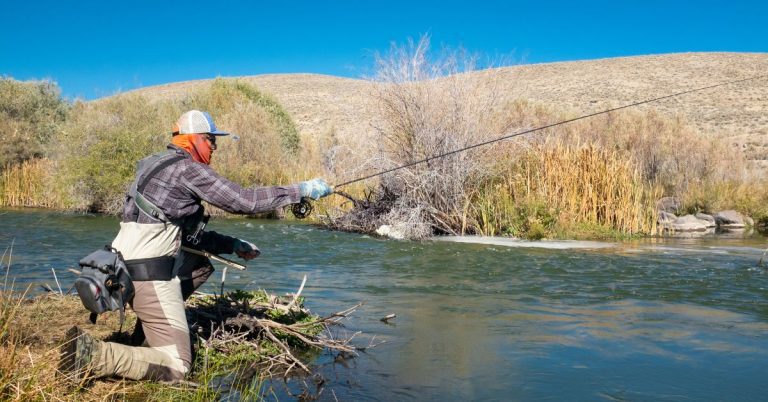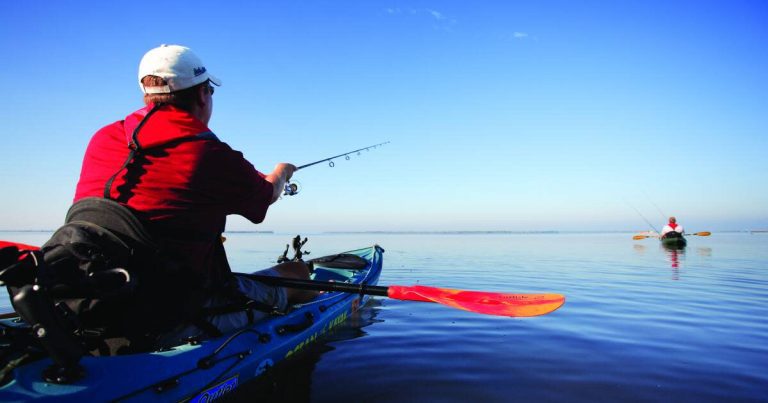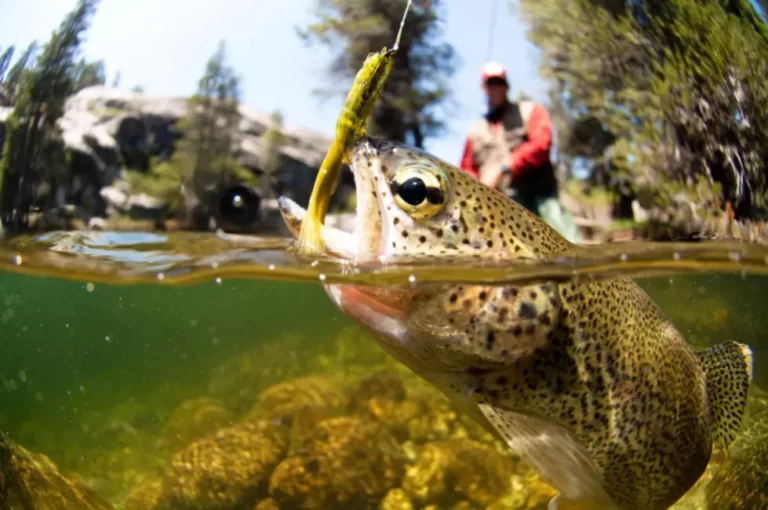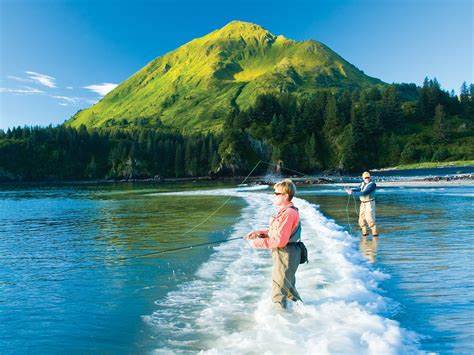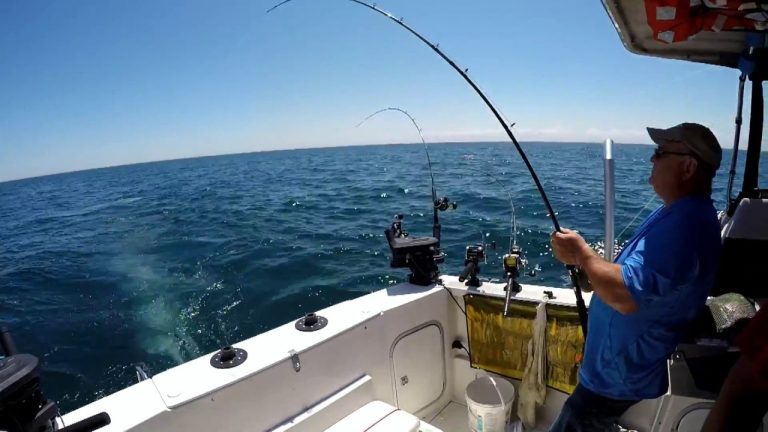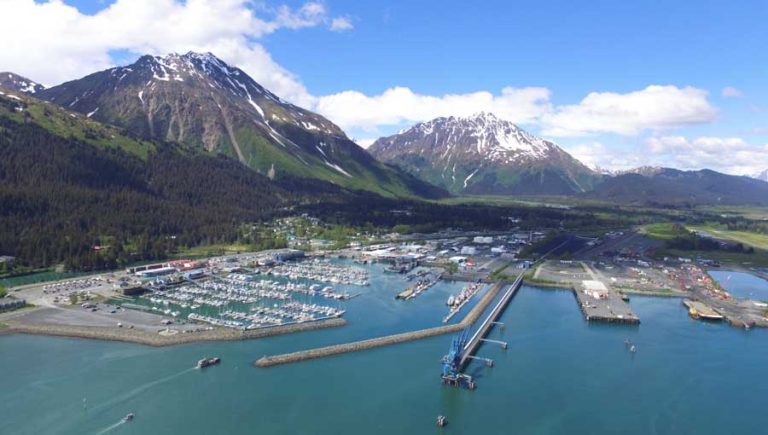Fishing in Alaska’s remote areas offers a unique and rewarding experience, but it requires adherence to specific regulations to ensure sustainable practices and conservation of fish populations. This comprehensive guide will help you navigate the fishing license requirements and regulations for these pristine regions.
General Requirements
All anglers, both residents and non-residents, must obtain a fishing license to fish in Alaska’s waters. Residents under 18 and non-residents under 16 are exempt from needing a license but must have a harvest record card for species with annual limits.
King Salmon Stamp: Required for those targeting King Salmon, except for residents under 18 and non-residents under 16.
Types of Licenses and Costs
Resident Licenses:
- Annual Sport Fishing License: $29.
- Low-Income License: $5.
- Senior (60+) and Disabled Veteran Licenses: Free.
- King Salmon Stamp: $10.
Non-Resident Licenses:
- 1-Day License: $25.
- 3-Day License: $45.
- 7-Day License: $70.
- 14-Day License: $105.
- Annual License: $145.
- King Salmon Stamp: $15 (1-day), $30 (3-day), $45 (7-day), $100 (annual).
Purchasing Licenses
Online: Licenses can be purchased through the Alaska Department of Fish and Game (ADF&G) website. This is recommended for convenience and to avoid long queues.
In-Person: Available at sporting goods stores, grocery stores, and other major retailers throughout Alaska.
Special Considerations
Digital Copies: Anglers can carry a digital copy of their license on their phone, but it is advisable to have a printed copy as a backup.
Harvest Record Card: Required for all anglers (including exempted youth) when fishing for species with annual limits.
Conservation and Regulations
Protected Species: Anglers must comply with regulations to protect endangered species and habitats. This includes adhering to size and bag limits, seasonal restrictions, and specific gear requirements.
Subsistence Fishing: Special permits like the Subsistence Halibut Registration Certificate (SHARC) are required for subsistence fishing, with specific gear and catch limits.
Regional Regulations
Emergency Orders: Always check for emergency orders and news releases from ADF&G before fishing, as these can supersede published regulations.
Federal and State Waters: Different regulations may apply depending on whether you are fishing in state or federal waters. Maps and boundaries are available for reference.
Additional Resources
ADF&G Website: For the most up-to-date information on licenses, regulations, and emergency orders, visit the ADF&G website.
Local Guides and Outfitters: Many guides and outfitters include the cost of licenses in their packages and can assist with obtaining the correct permits.
By following these guidelines, anglers can ensure they are compliant with Alaska’s fishing regulations, contributing to the conservation of its rich aquatic resources while enjoying a memorable fishing experience.
Conclusion
Fishing in Alaska’s remote areas is a unique adventure that requires careful planning and adherence to regulations. Obtaining the correct fishing license and understanding the specific rules for the area you plan to fish in are crucial steps. By doing so, you help preserve Alaska’s natural beauty and ensure that its fish populations remain healthy for future generations. For more detailed information and to purchase your fishing license, visit the Alaska Department of Fish and Game website.
